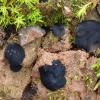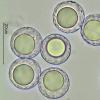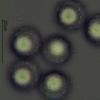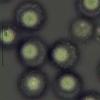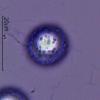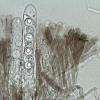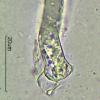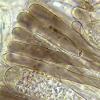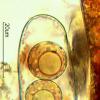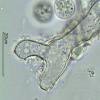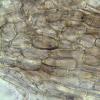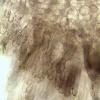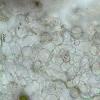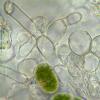
14-11-2025 18:31
 Lothar Krieglsteiner
Lothar Krieglsteiner
Hello,can somebody provide me with a file of:Rothe

14-11-2025 16:26
 Marian Jagers
Marian Jagers
Hello everyone, On dead wood of Cytisus scoparius

12-11-2025 09:25
 Viktorie Halasu
Viktorie Halasu
Hello, I need help with a pale terrestric Pseudom

11-11-2025 20:16
Bohan JiaHi, lastly I have found these tiny yellow decayin

09-11-2025 13:20
Hello.A tiny ascomycete, appearing as erupting gra

08-11-2025 00:29
 Francois Guay
Francois Guay
I found this species in Quebec, Canada, on herbace

Hola a todos.
Subo unas imágenes de un disco negruzco que hemos encontrado hoy sobre tierra húmeda, en un bosquete de P. halepensis y carrascas,
Tiene esporas esféricas de 14,5-17,5 micras, con verrugas redondeadas muy pequeñas y aisladas.
No vistos croziers, IKI(-).
¿Qué os parece que puede ser?
Gracias por su ayuda.
Rubén
may be Scabropeziza/ Plicaria spec.
Peter.

I don't know but only for information, see description of Greletia (Smardaea) mülleri, an american species.
Beñat

Gracias Peter, Beñat.
He mirado Greletia mülleri y la ornamentación esporal es parecida y podría encajar, pero la medida esporal es algo menor.
Seguiré buscando.
Un saludo
Rubén
Hope you find the correct name for it.
Sincerely,
zaca
Plácido

M. pseudoanthrancina is a Peziza, see fungi non delineati by René.
And spores of it are around 7-8 µm, not 14-17 like here. A big difference, no ?
Agur bero bat,
Beñat

For a project dedicated to some Marcelleina species, we had the opportunity to sequence Rubén's collection. A paratype of Marcelleina donadinii was also revised and sequenced, and appears to be the same as Rubén's fungus!
Except the spore size, slightly smaller, Ø (12.5) 13-15 µm, in the paratype, the other features agree with Moravec's description (1987). Note that Moravec's drawing of ascospores doesn't correctly render the small warts on the surface (its SEM photos are more informative).
Finally, this species seems to be a member of Discinaceae...

Gracias por la información.
Un abrazo
Rubén
